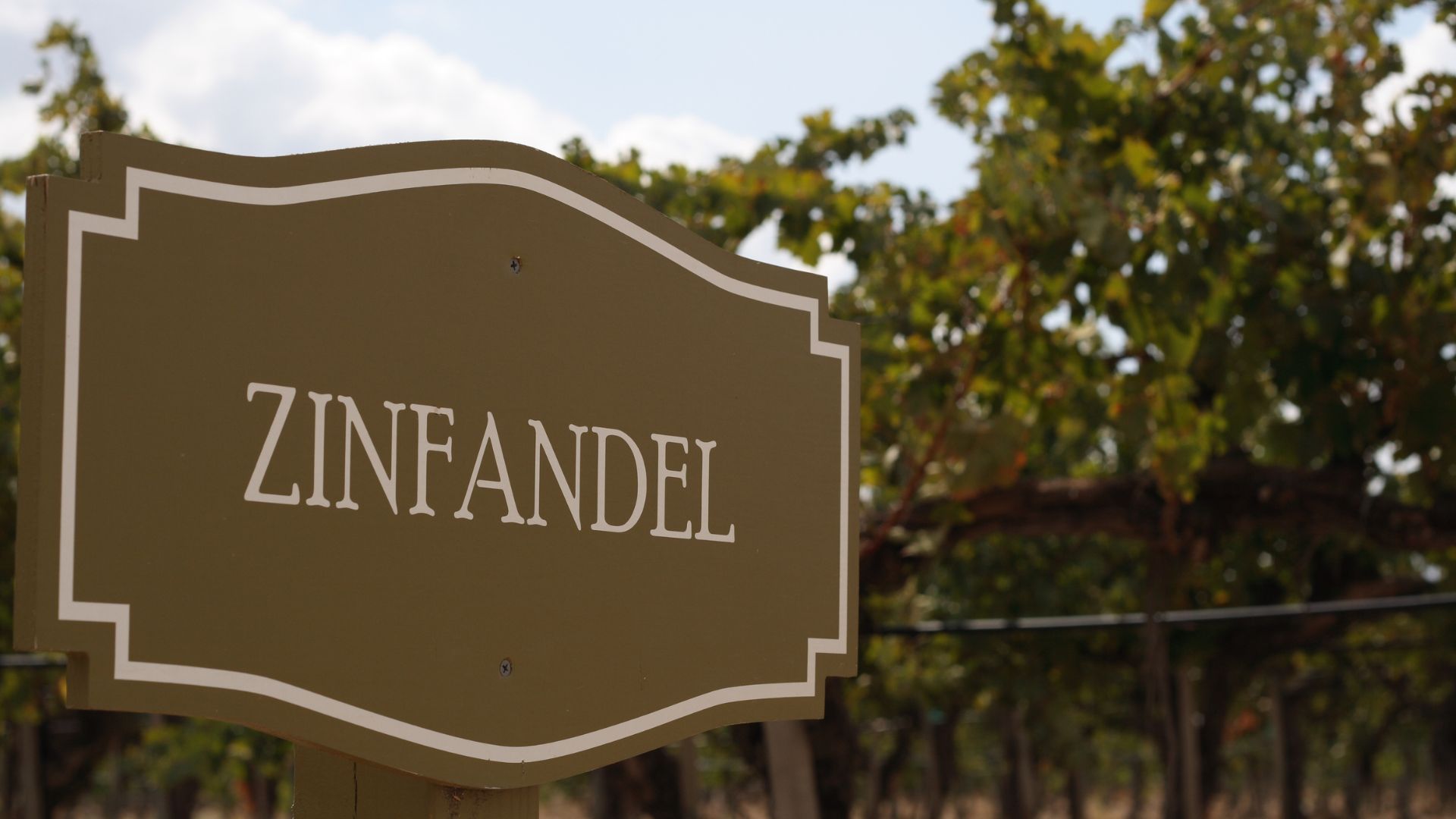Amador County’s wine scene really offers something special if you’re after intimate tastings and personal connections with winemakers.
There are over 40 wineries spread across 3,700 acres here, but the smaller, family-run spots? They just hit different compared to those crowded, impersonal tasting rooms.
When I visited these five boutique wineries, I realized why small operations deliver the most memorable wine experiences.
Meeting the winemaker, hearing about their unique approaches, and tasting exceptional wines right at the source—there’s just nothing quite like it.
Each place on this list brings something different to the table: maybe it’s sustainable farming, a focus on Italian varietals, or a fierce dedication to old-vine Zinfandel.
What really stuck with me was how these winemakers love to share their stories.
They’ll talk about their land, their philosophy, and the passion behind every bottle.
You’ll find places where the owner pours your wine, where appointments mean true one-on-one time, and where the wines genuinely reflect the wild, gold-flecked terroir of California’s historic Gold Country.
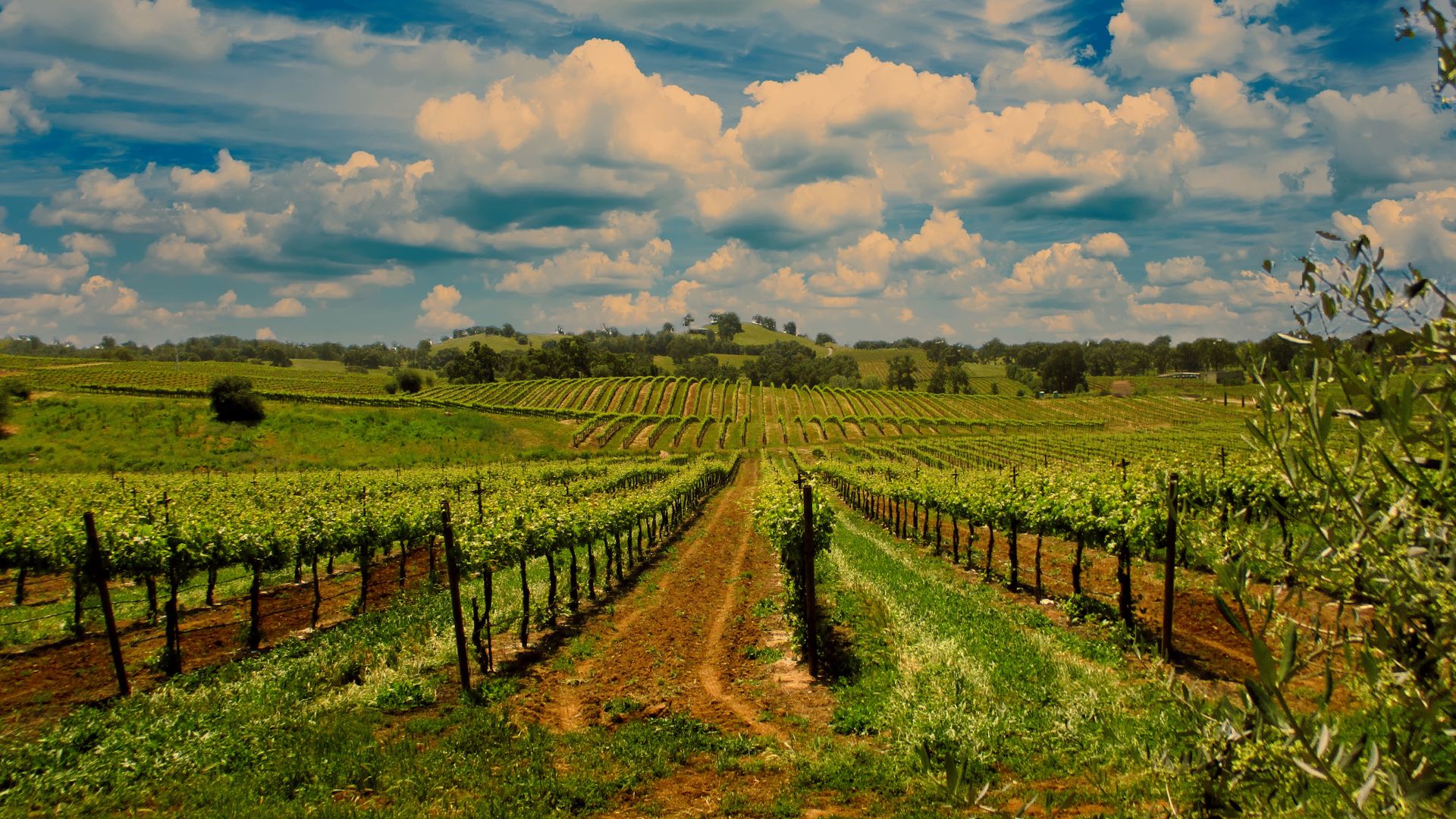
Why Choose Boutique Wineries in Amador County
Boutique wineries in Amador County give you personal attention, creative winemaking, and a level of connection you just can’t get at big commercial spots.
These folks focus on quality, not churning out bottles for the masses.
Every visit feels unique.
Intimate Wine Tasting Experiences
I noticed right away that Amador’s boutique wineries have a totally different vibe than the big tasting rooms.
Most of the time, it felt more like hanging out with friends than checking off a box on a wine tour.
Often, the owners or winemakers themselves pour the wines.
They’ll chat about their vineyards and walk you through their choices, which makes each tasting stick in your memory.
Key benefits of intimate tastings:
- Direct conversations with winemakers and owners
- Small groups—sometimes just 2-8 people
- Time to ask all your questions
- Behind-the-scenes vineyard walks
- Personalized wine picks
A lot of these places go by appointment only.
That means you get their full attention, and the experience feels tailored to what you actually like.
The setting makes a difference, too.
Cozy tasting rooms or outdoor patios invite you to relax and actually savor each sip instead of feeling rushed.
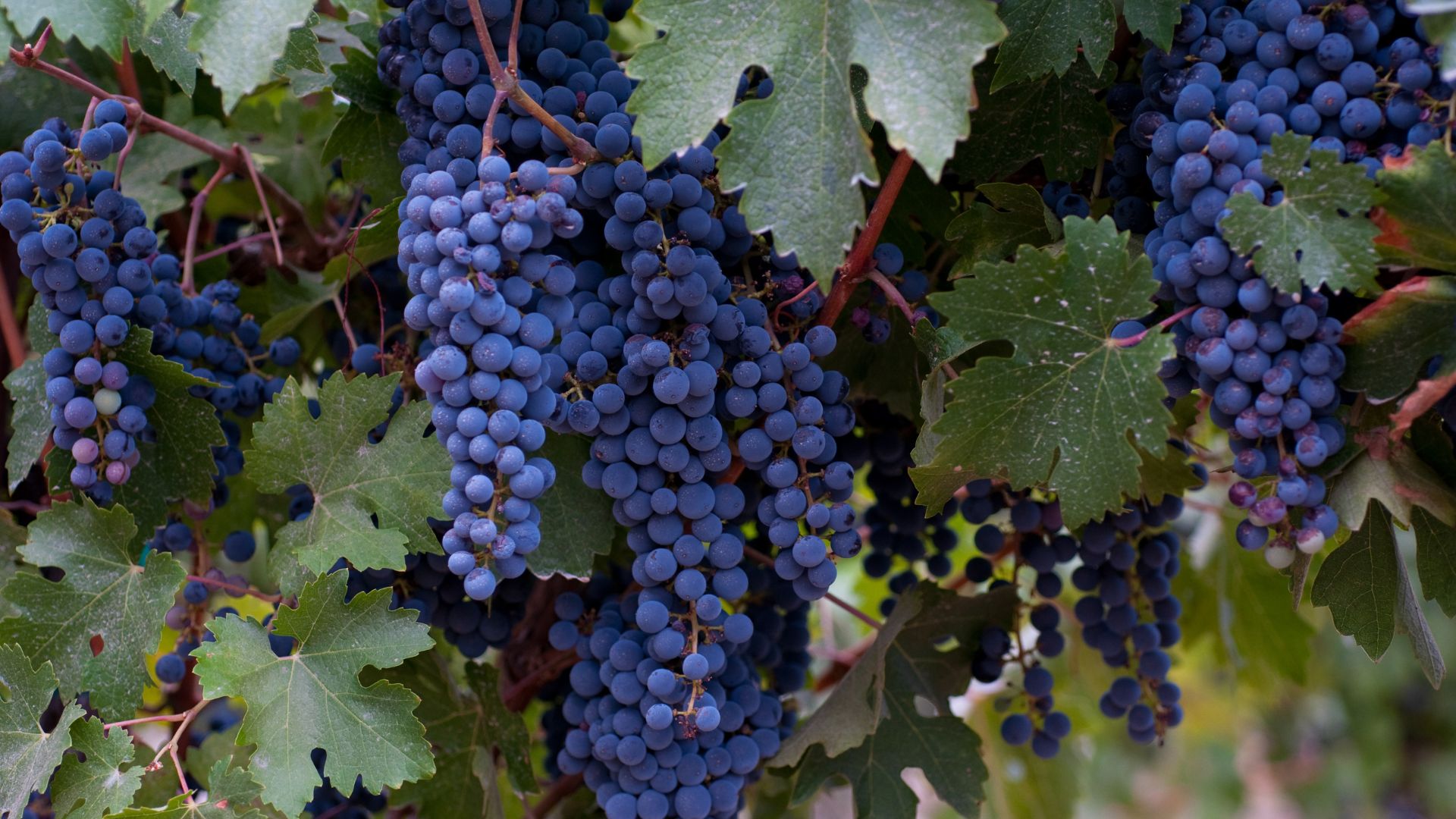
Unique Winemaking Approaches
Boutique winemakers in Amador aren’t afraid to experiment.
They try out techniques that bigger wineries might avoid because of cost or risk.
You’ll find lots of single-vineyard wines that really let the land shine through.
Many keep things simple—minimal intervention, less filtering, fewer additives.
They let the grapes do the talking, and the wines end up with a ton of personality.
Common boutique winemaking practices:
- Hand-picking grapes
- Small-batch fermentation
- Longer aging times
- Native yeast fermentation
- Sustainable farming
Some of these winemakers grow grapes you don’t see every day.
While the big guys stick to the usual suspects, these smaller outfits might offer Portuguese or rare Italian varieties.
They have the freedom to experiment—try new blends, age wines in different ways, and just see what happens.
That’s where the magic often happens.
Benefits for Wine Lovers
If you love wine, you’ll get access to bottles you won’t find in stores.
Most boutique places sell directly to you or through tiny wine clubs.
I picked up more about winemaking in one afternoon at a boutique winery than I ever did at bigger places.
Winemakers here love explaining their craft and answering even the nerdiest questions.
Why wine lovers keep coming back:
- Exclusive, small-batch wines
- Deeper learning about wine and winemaking
- Direct relationships with the people behind the bottles
- Great value for quality wines
- Unique finds you can’t get anywhere else
Prices can surprise you.
Sure, boutique wines aren’t bargain-bin cheap, but the bang for your buck often beats what you’d pay for “premium” wines from bigger brands.
If you build a relationship with a winemaker, you might get invited to harvest parties, barrel tastings, or even private dinners.
Tasting rooms at these places focus on comfort and conversation, not just moving bottles.
That’s what makes the memories last.
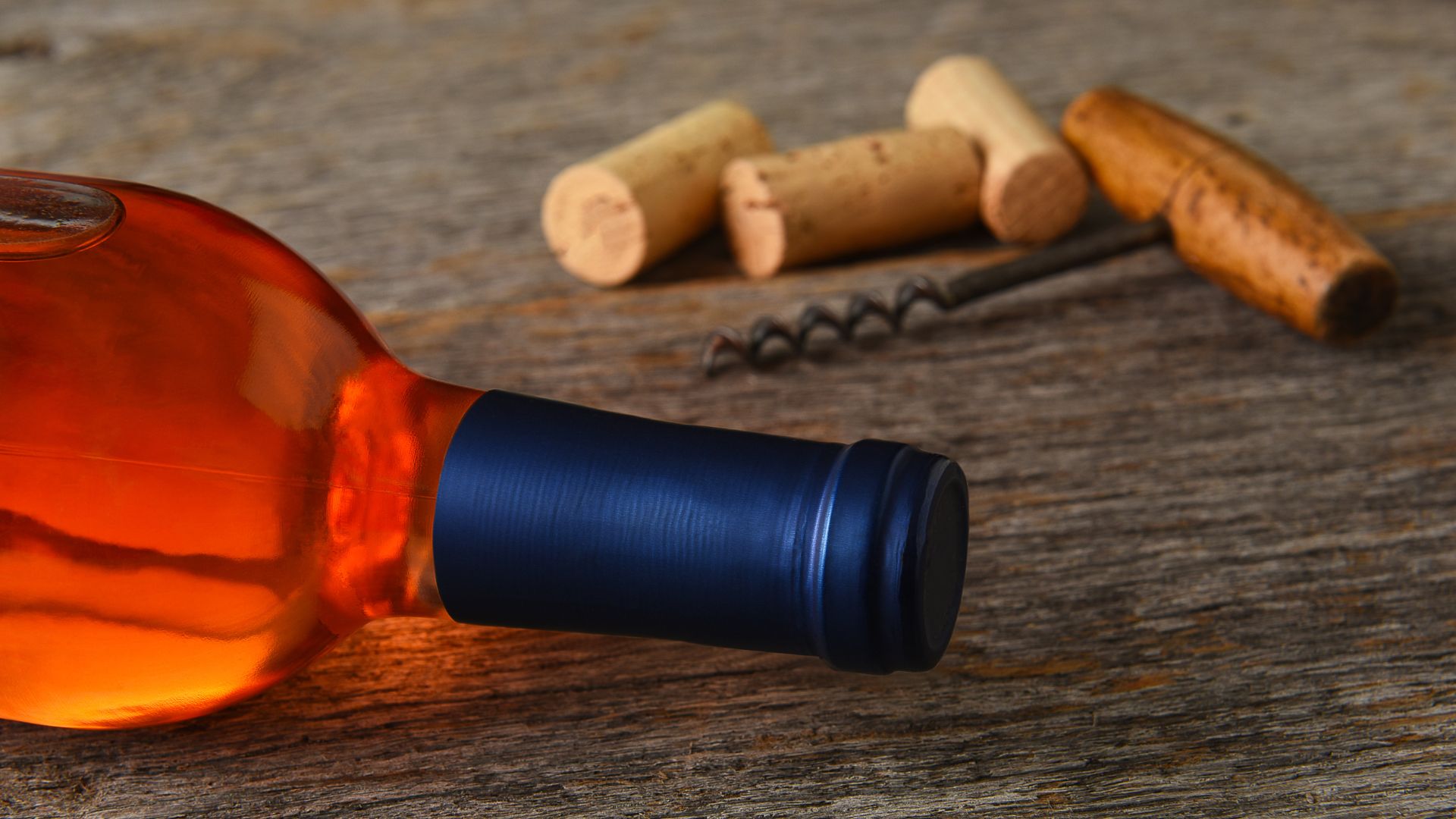
Exploring the Wine Region: Amador County’s Distinctive Terroir
Amador County’s wine character really comes from its spot in the Sierra Nevada foothills and its Gold Rush roots.
The two main areas, Shenandoah Valley and Fiddletown, each have their own thing going on.
Sierra Foothills and Sierra Nevada Foothills Influence
The Sierra Nevada foothills set up perfect conditions for grapes.
Vineyards here sit between 1,200 and 3,000 feet up—high enough for sunshine, but not so high you’re buried in snow.
Warm days help the grapes ripen, while cool nights keep things fresh and balanced.
That mountain magic gives Amador wines their bold character.
The rocky soils don’t make it easy for vines, but that struggle leads to more flavor in the grapes.
You’ll find over 30 grape types grown here, and while both reds and whites do well, the region is really known for its powerful reds.
Gold Rush Legacy and Historical Vineyards
Amador’s wine history goes all the way back to the Gold Rush in the 1850s.
Immigrants from Europe planted vineyards while chasing gold.
A lot of today’s oldest vineyards still use vines that are over a century old.
Those old vines don’t produce much, but wow, the grapes they do give are intensely flavored.
Gold Country’s past still shapes Amador’s wine scene.
More than 50 family-run wineries carry on the tradition.
Some vineyards even sit on old mining land, and that history left behind unusual soils that influence the wines.
Towns like Sutter Creek and Amador City keep the Gold Rush spirit alive—except now, people come for the wine, not the gold.
Sub-Regions: Shenandoah Valley and Fiddletown
Shenandoah Valley is the big player in Amador County.
Most wineries cluster along Steiner Road and Shenandoah Road.
The valley’s deeper soils are perfect for Zinfandel and Italian grapes.
I tasted some truly standout wines from this area.
Fiddletown is tiny—one of the smallest wine regions in the country.
It sits higher up, and it’s home to some of California’s oldest Zinfandel vines.
Cooler weather and different soils give the wines more structure and complexity.
Not many wineries operate here, but the ones that do are worth the trip.
Both regions focus on estate-grown grapes and small-batch wines.
Each spot has its own personality.
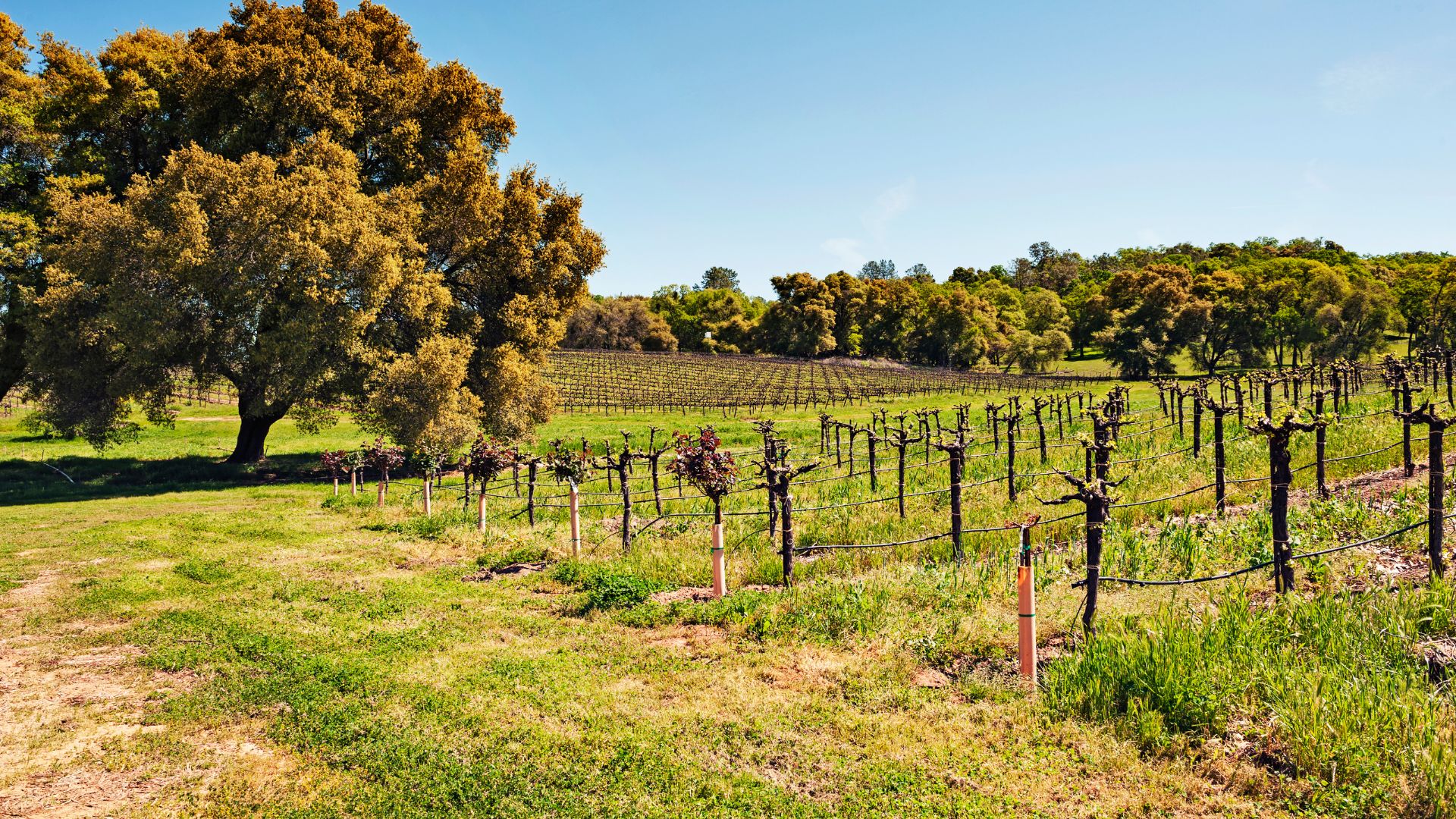
5 Boutique Wineries in Amador County for a Personal Tasting Adventure
Here are five boutique wineries that really capture the best of Amador County.
Some have modern tasting rooms and award-winning wines.
Others are family-run and specialize in Italian varietals like Sangiovese and Barbera.
You’ll find old vine Zinfandel, picturesque vineyards, and a whole lot of character.
Andis Wines: Modern Flair and Award-Winning Wines
Andis Wines immediately stands out with its sleek, modern tasting room.
Their collection of award-winning wines is impressive, but it’s their fresh approach to tradition that really caught my attention.
They focus on estate-grown grapes from sustainably farmed vineyards.
Their Zinfandel and Barbera really show off what Amador’s terroir can do.
What I found most appealing was their attention to detail.
Everything feels polished, but never stiff.
Tasting Experience:
- Modern, comfy tasting room
- Staff who actually know the wines and share stories
- Focus on single-vineyard bottlings
You can taste their commitment to quality in every glass.
Their wines rack up awards and praise from the critics.
The Barbera here? Just fantastic—rich, food-friendly, and balanced.
The whole vibe is welcoming, whether you’re a newbie or a seasoned wine nerd.
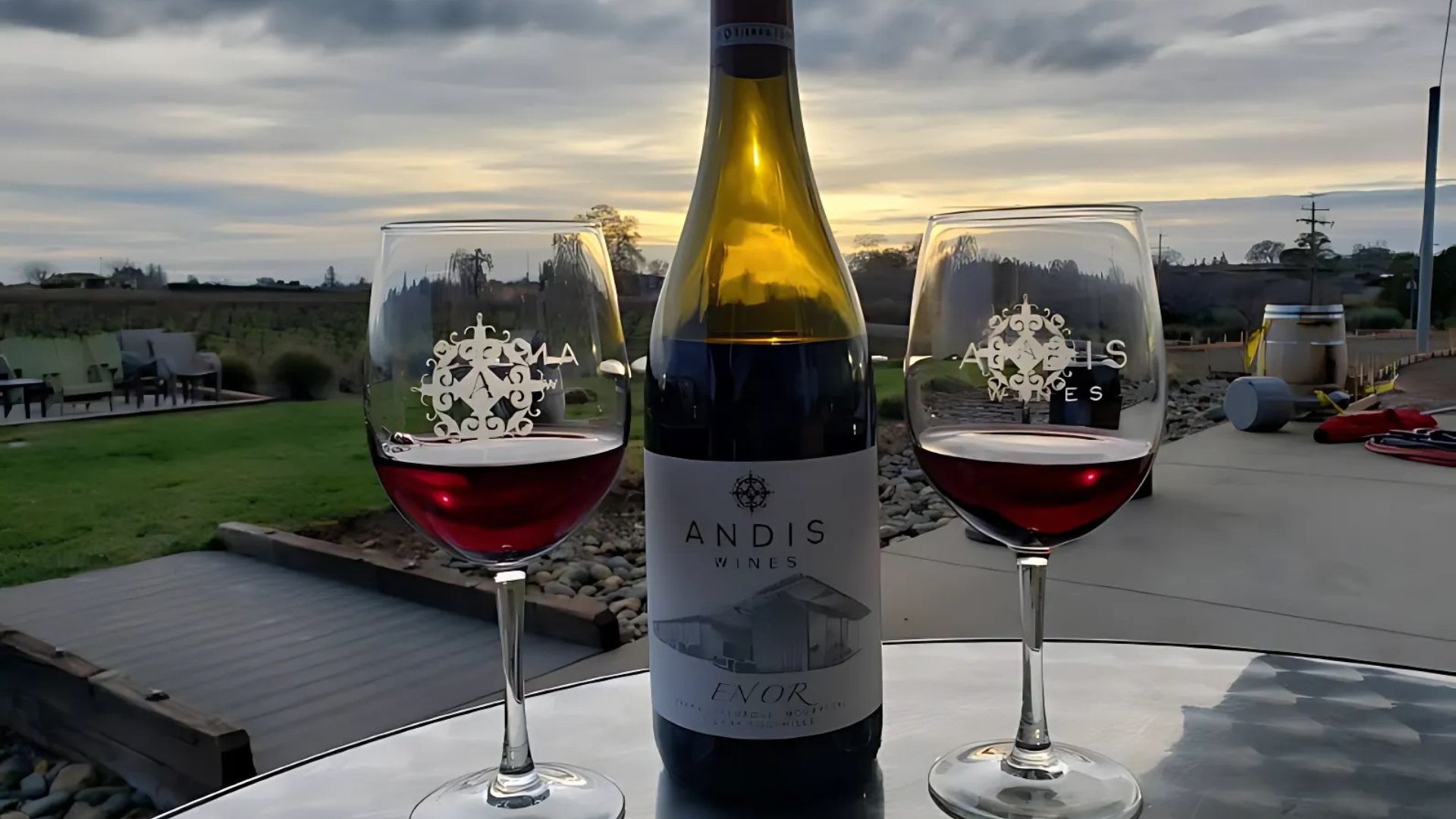
Cooper Vineyards: Barbera and Estate-Grown Varietals
Cooper Vineyards delivers one of the warmest, most personal tastings I’ve had in Amador.
This family-run spot specializes in Italian grapes, with Barbera as their star.
You can actually chat with the owners about their winemaking philosophy.
Their estate-grown grapes really capture the Sierra Foothills character.
The Barbera stands up to anything I’ve tasted in Italy.
What Makes It Special:
- Family-owned, family-run
- Italian varietals in the spotlight
- Small production, big quality
The tasting room feels like you’re visiting old friends.
Their passion is contagious.
I also respect their sustainable farming.
Even with modest production, their wines show impressive complexity.
Vino Noceto Winery: California’s Sangiovese Specialists
Vino Noceto has earned its spot as California’s Sangiovese specialist.
They make eight different Sangiovese wines, each bringing out something new from the grape.
The place blends Italian inspiration with California sunshine.
It’s wild how much variety they get from just one grape.
They’ve gone all-in on sustainability—solar power, waste reduction, the works.
It’s not just about the wine, it’s about doing things right.
Sangiovese Offerings:
- Eight Sangiovese wines
- Single-vineyard bottlings
- Different aging and blending styles
The staff here really knows their stuff and loves walking you through the details.
I walked away with a whole new appreciation for Sangiovese.
They also do a great Barbera and old vine Zinfandel, plus a lightly sparkling Moscato that’s just plain fun.
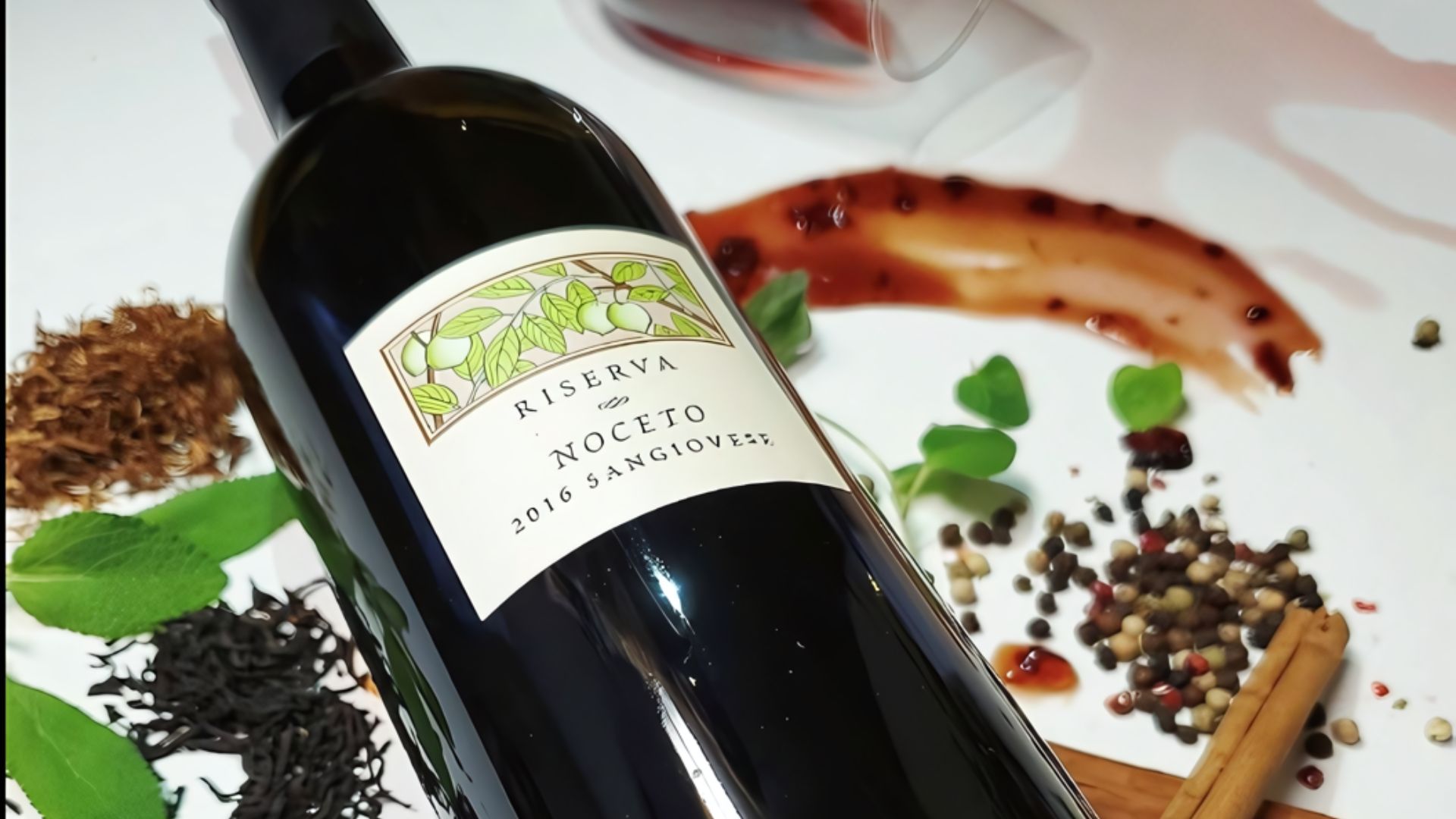
Helwig Winery: Picturesque Setting and Diverse Tasting Options
Helwig Winery has some of the best vineyard views in Amador.
The scenery alone is worth the trip, but the wines hold their own.
You’ll find everything from crisp whites to bold reds, so everyone in your group can find something to love.
Outdoor tasting areas make the most of the Sierra Foothills backdrop.
It’s the kind of place where you want to linger.
Tasting Options:
- Indoor and outdoor seating
- Multiple flights to choose from
- Terraces overlooking the vineyards
Helwig produces both classic and creative wines.
Their Zinfandel really nails that Amador County style.
The staff is friendly and encourages you to relax and soak it all in.
Turley Wine Cellars: Old Vine Zinfandel Excellence
Turley Wine Cellars is all about old vine Zinfandel.
They make 50 wines from over 50 vineyards, focusing on single-vineyard Zinfandel and Petite Sirah.
The Amador tasting room offers seated tastings with vineyard views.
They’re serious about preserving California’s old vine legacy.
Organic farming and natural fermentation give their wines real depth.
Every bottle tells a vineyard’s story.
Key Features:
- 50 wines from 50+ vineyards
- Certified organic grapes
- Natural fermentation
The $25 tasting fee might seem steep, but you can get it waived with a two-bottle purchase.
If you’re a real wine lover, it’s totally worth it.
The staff loves sharing the history and details of each vineyard, which makes the experience even richer.
Signature Wines and Grape Varieties of Amador County
Amador County has carved out a name for itself with bold red wines—Zinfandel in particular—but there’s a lot more happening here. The Sierra Foothills climate seems to coax the best out of Italian and Rhône varieties, too. You’ll find exceptional Barbera, Sangiovese, and Syrah, along with some noteworthy white wines and a few quirky, lesser-known grapes.
Zinfandel: The Region’s Flagship Red
If there’s one wine that really sums up Amador County, it’s Zinfandel. I’ve tasted Zin from vines that have been around for more than a century—crazy, right? These old vines crank out wines with powerful flavors and an almost nostalgic depth.
You’ll notice bold fruit, a little pepper, and a spicy kick in the best bottles. The Sierra Foothills’ warm days and cool nights let Zinfandel grapes ripen just enough, but not too much, so they keep their signature punch.
Key Characteristics of Amador Zinfandel:
- Alcohol content: Usually 14-16%
- Flavor profile: Blackberry, raspberry, pepper, and spice
- Aging potential: 5-10 years, especially for the top-tier stuff
Some wineries focus on single-vineyard Zinfandel. Those wines really show off how different pockets of Amador County can taste.

Italian and Rhône Varieties: Barbera, Sangiovese, Syrah, and Primitivo
Amador’s Mediterranean grapes flourish here, and I’ve found Barbera to be a real standout. Honestly, some local Barberas rival what I’ve had in Piedmont, Italy.
Barbera pops with bright acidity and is famously easy to pair with food. Expect cherry flavors and gentle tannins. A handful of wineries have made Barbera their calling card.
Sangiovese seems right at home in Amador’s warmth. It brings cherry and herbal notes, and some producers have dedicated a good chunk of their vineyards to it.
Syrah gives you bold, peppery wines loaded with dark fruit. The grape just loves those foothill swings between hot days and cool evenings.
Primitivo—which is basically Zinfandel’s Italian twin—offers concentrated fruit and a sturdy backbone. It’s a fun one to taste side-by-side with local Zins.
Highlights of White and Unique Varietals
Red wines might steal the spotlight, but Amador’s whites and unique grapes are worth seeking out. I’ve stumbled on some fantastic Viognier here, all floral and peachy.
Chardonnay swings from crisp and unoaked to lush and barrel-aged. Cooler vineyard sites tend to produce versions with zippy acidity and a nice mineral streak.
You’ll spot some Grenache, Mourvèdre, and Tempranillo at a few adventurous wineries. These grapes are definitely showing promise in the local climate.
Cabernet Sauvignon and Cabernet Franc pop up here and there, though Italian varieties still dominate. Sauvignon Blanc brings a refreshing citrusy brightness at a handful of spots.
There’s even a bit of Pinot Grigio and other whites, but those are more of a rarity. Amador’s heart is still very much in the red wine camp.
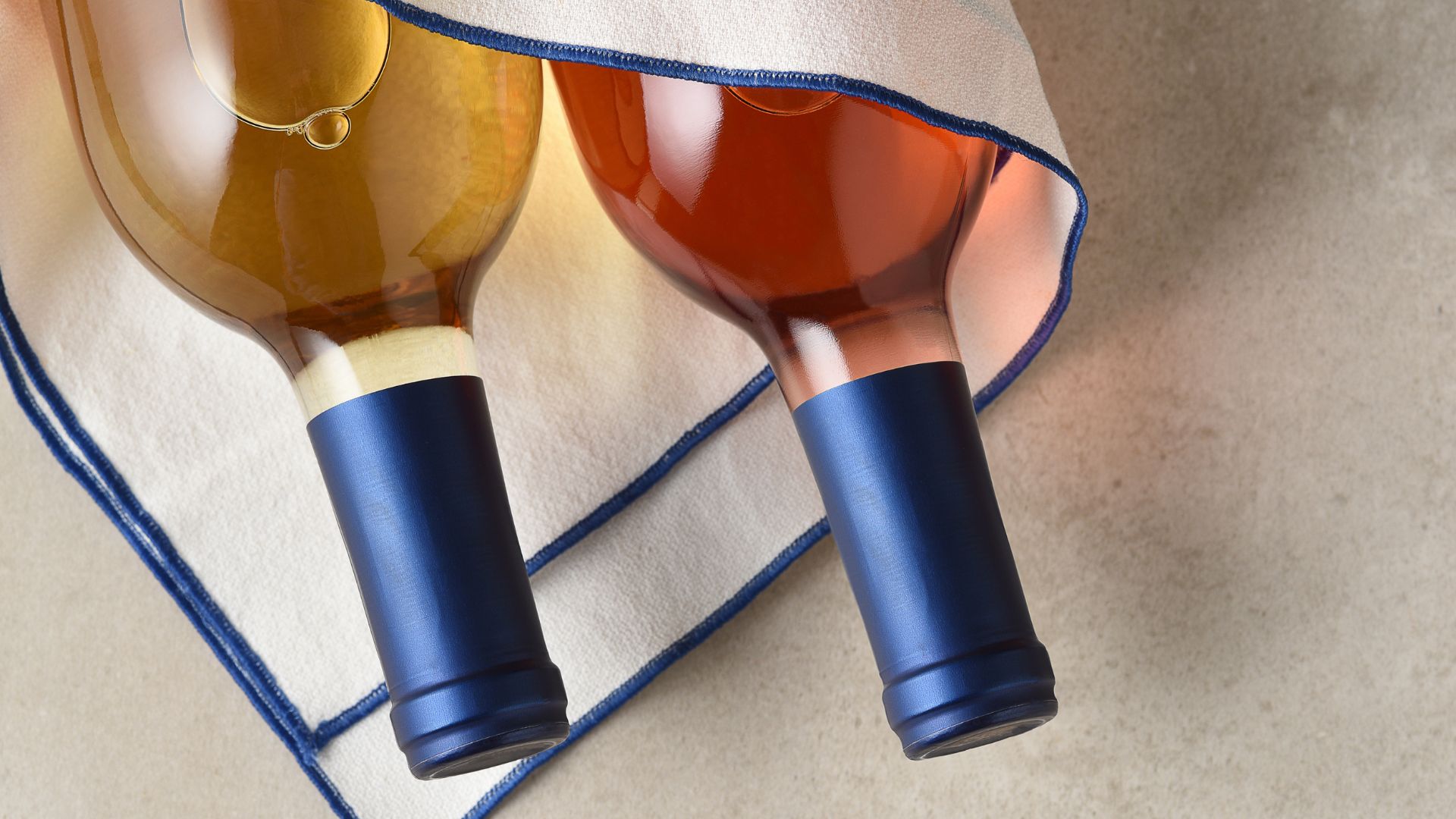
Tips for Planning a Boutique Wine Tasting Tour
If you’re planning a boutique wine tasting tour in Amador County, timing and a bit of prep go a long way. Smaller producers often require reservations, especially if you want that personal touch—think winemaker-led tastings or a quiet picnic with killer views.
Recommended Itinerary for Personalized Visits
Honestly, three boutique wineries in a day is the sweet spot. Any more, and you’ll just be rushing (or your palate will be toast). I like to start around 10:30 AM and give myself about 90 minutes at each stop.
Sample Day Schedule:
- 10:30 AM – 12:00 PM: First winery visit
- 12:30 PM – 2:00 PM: Second winery, plus lunch
- 2:30 PM – 4:00 PM: Last tasting of the day
Stick to one area—like Shenandoah Valley or Fiddletown—to keep things chill and avoid long drives. It really helps you soak up the vibe and not just the wine.
Call ahead to double-check hours and book your spot. After the pandemic, a lot of boutique wineries moved to reservation-only, and some close on weekdays or have shorter weekend hours.
If you’re making a weekend out of it, Sutter Creek is a great base. The town sits right in the middle of wine country and has some cozy bed-and-breakfasts.
Food Pairings and Picnic Spots
Some wineries offer little bites with tastings, but I always bring extra snacks just in case. Crackers, mild cheeses, and lots of water help keep your palate happy.
Essential Picnic Items:
- Crackers and breadsticks
- Mild cheeses (nothing too pungent)
- Fresh fruit—grapes, apples, whatever’s easy
- Bottled water
- Small cutting board and knife
Plenty of Amador wineries have picnic spots with gorgeous vineyard views. Shenandoah Vineyards has a picnic area that looks out over the valley, and Sobon Estate has tables scattered around the property.
Just check ahead if you want to bring your own food. Some spots have rules about outside snacks, and a few have food trucks or small restaurants on weekends.
Booking Private Tastings and Events
If you’re after a truly personal wine experience in Amador County, private tastings are the way to go. I’ve found that most boutique wineries welcome groups of 6-12, as long as you give them a heads-up.
Private Tasting Benefits:
- Chat directly with the winemakers
- Sip rare library wines you won’t see on the regular menu
- Try tasting flights tailored just for your group
- Sneak a peek behind the scenes on special tours
I always recommend booking at least two weeks ahead, especially if you’re visiting during the busy harvest season in September or October. Expect fees between $25 and $50 per person, but honestly, those often cover some of your wine purchases.
Some wineries go the extra mile with events like barrel tastings, blending workshops, or even walking tours through the vineyards. If you want to really understand how your favorite bottles come to life, these are worth seeking out.
I’ve had the best luck calling wineries directly for reservations. Emails can get lost, but a quick phone call usually gets a faster answer. Don’t forget to ask about group rates, wine club perks, or whether they’ll ship your purchases home—makes life a lot easier if you’re not local.
